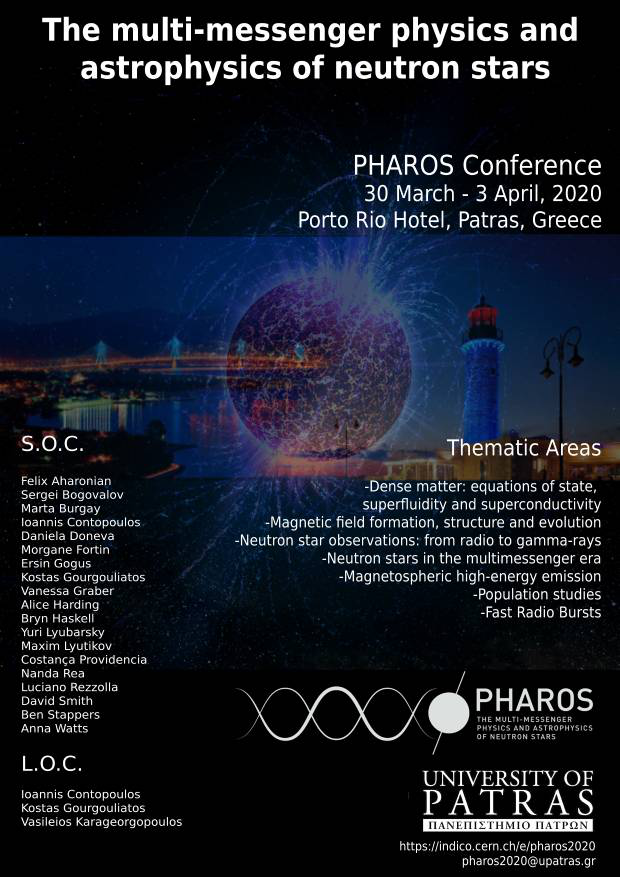Speaker
Description
Understanding the mechanism of outburst and modelling the corresponding detailed emission from compact objects in low mass X-ray binaries (LMXBs) is integral to probing the physics of strong gravity, ultra-dense degenerate matter and accretion dynamics. Broadband spectro-timing studies of these objects can put unique constraints on the evolution of the binary components in different spectral states. We report the analysis of broadband observation of the poorly studied accreting neutron star LMXB 4U 1724-30 jointly by SXT and LAXPC instruments on board AstroSat. The source was observed by Astrosat in 2017 which corresponded to the low-luminosity non-thermally dominated state of the source over 4 epochs. All the X-ray broadband spectra can be modeled by a combination of a thermal emission from the accretion disk and a non-thermal emission possibly originating from Inverse-comptonization of seed photons from disk. The timing variabilites were also investigated to probe the origin of disk and coronal fluctuations and their dependence on mass accretion. Spectro-temporal analysis and time lag properties of the broadband emission was carried out to derive information about the complete radiative emission behavior and its evolution. The time-resolved spectroscopy of a thermonuclear burst detected during the last observation was performed and the correlation of the burst property on the spectral state was investigated. This broadband study will be instrumental to understand the nature of physical processes occurring in the accretion flow as well as corona along with the burst-corona interaction in the hard state.

